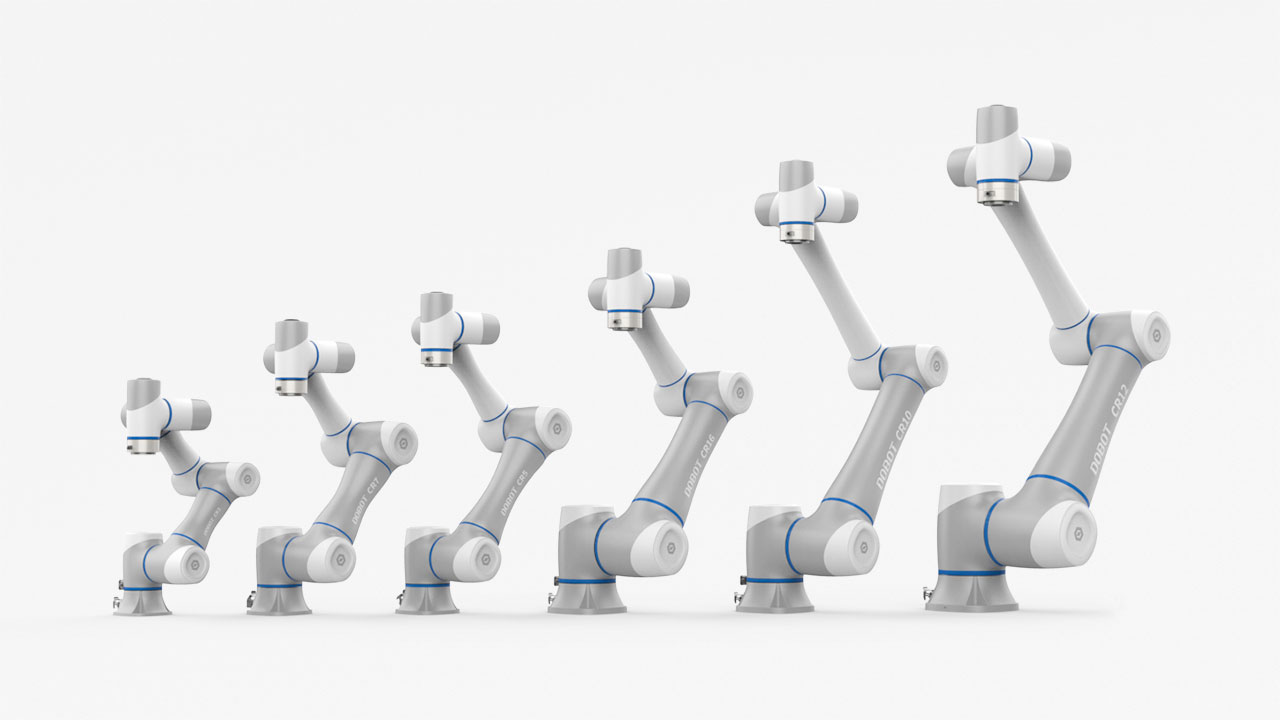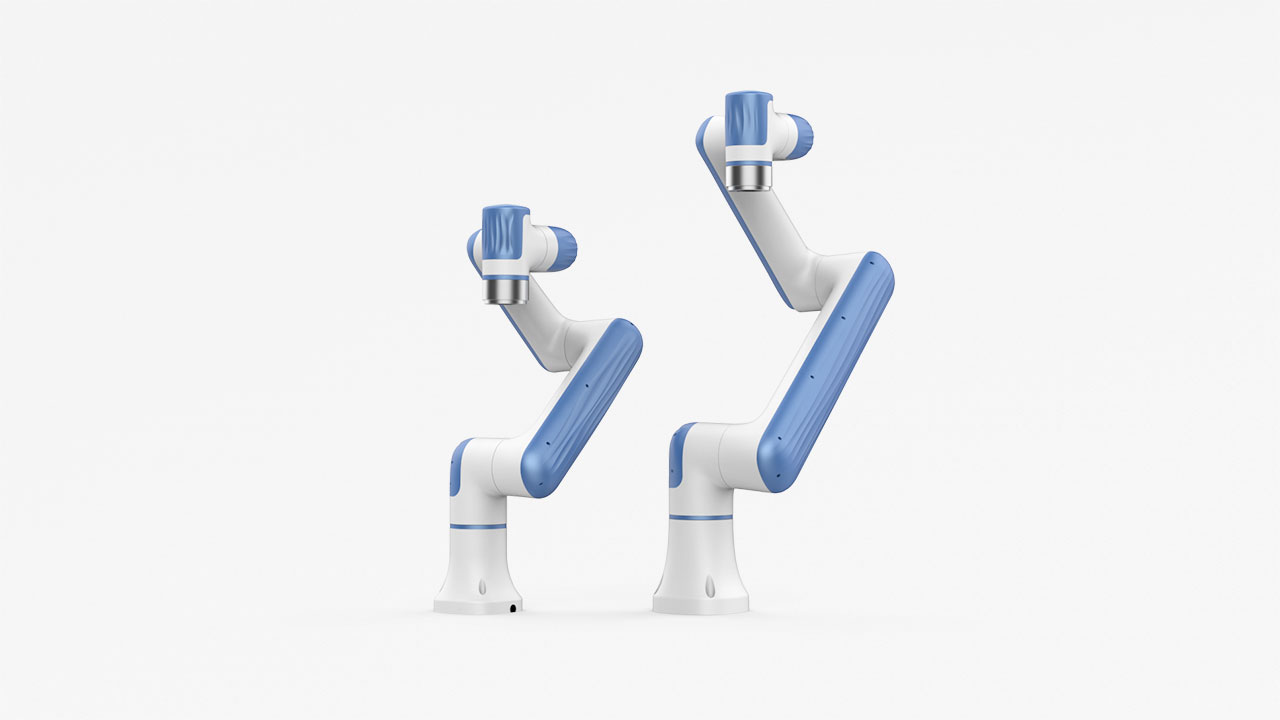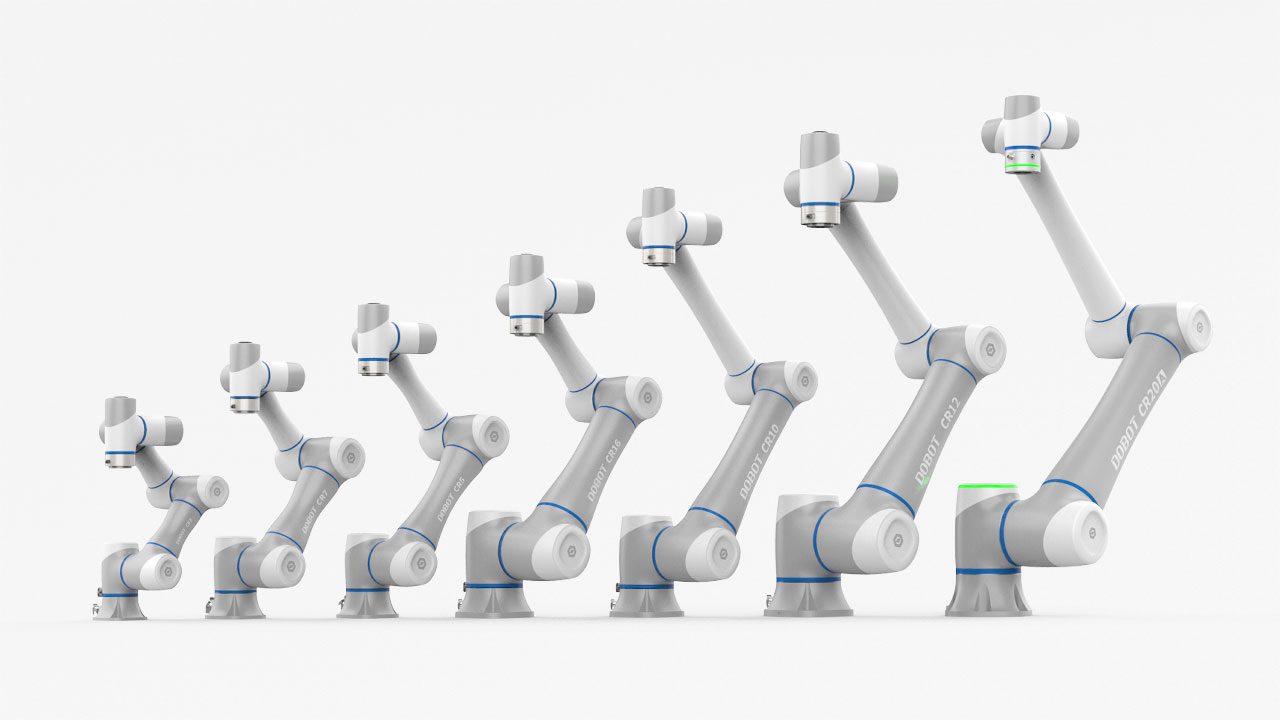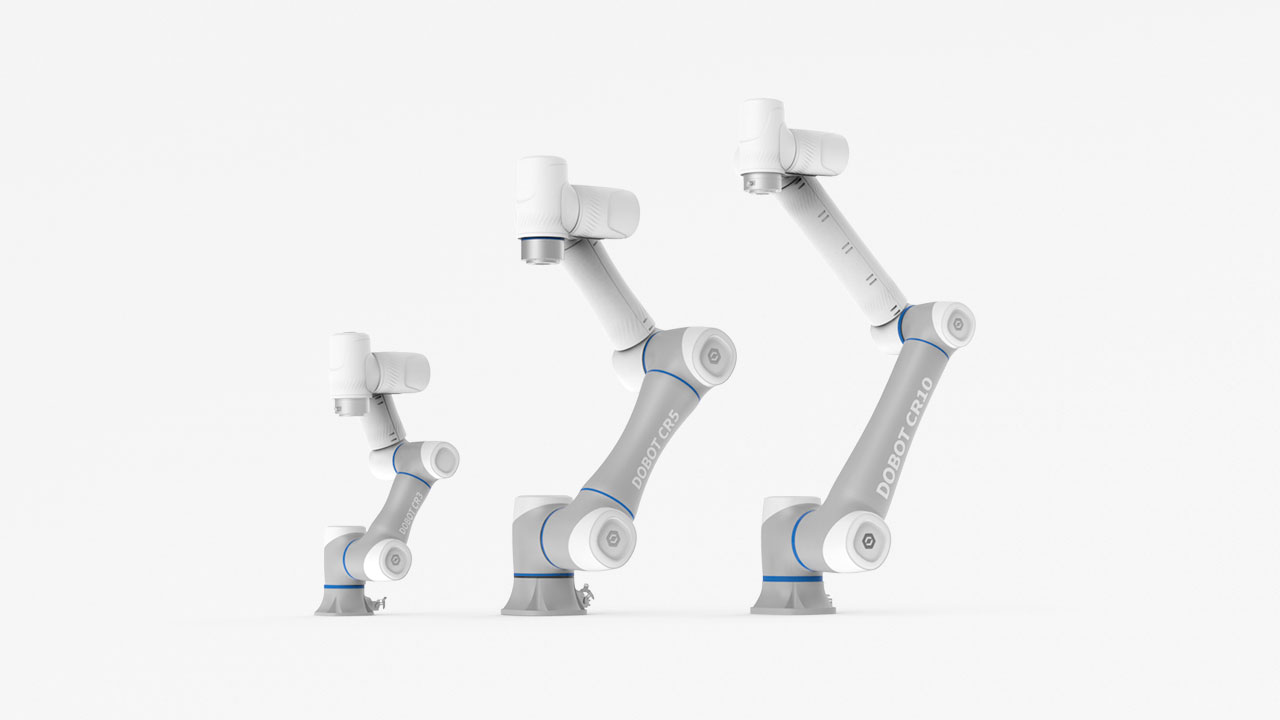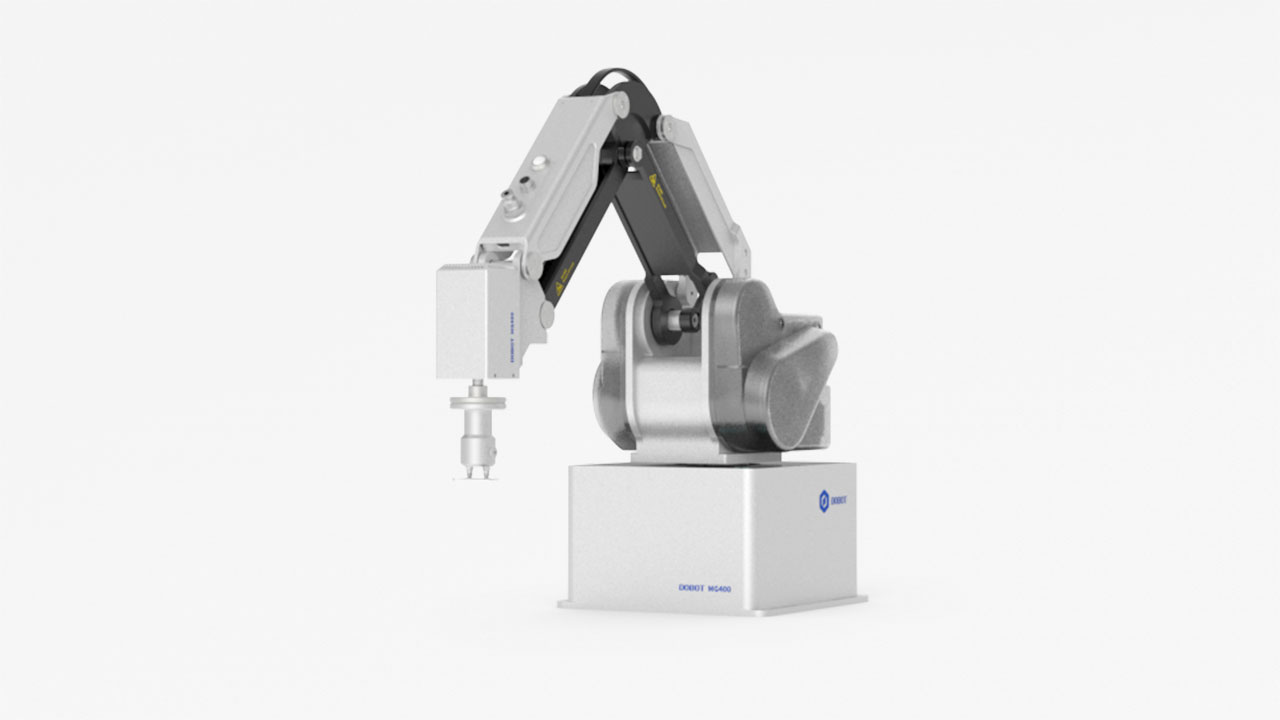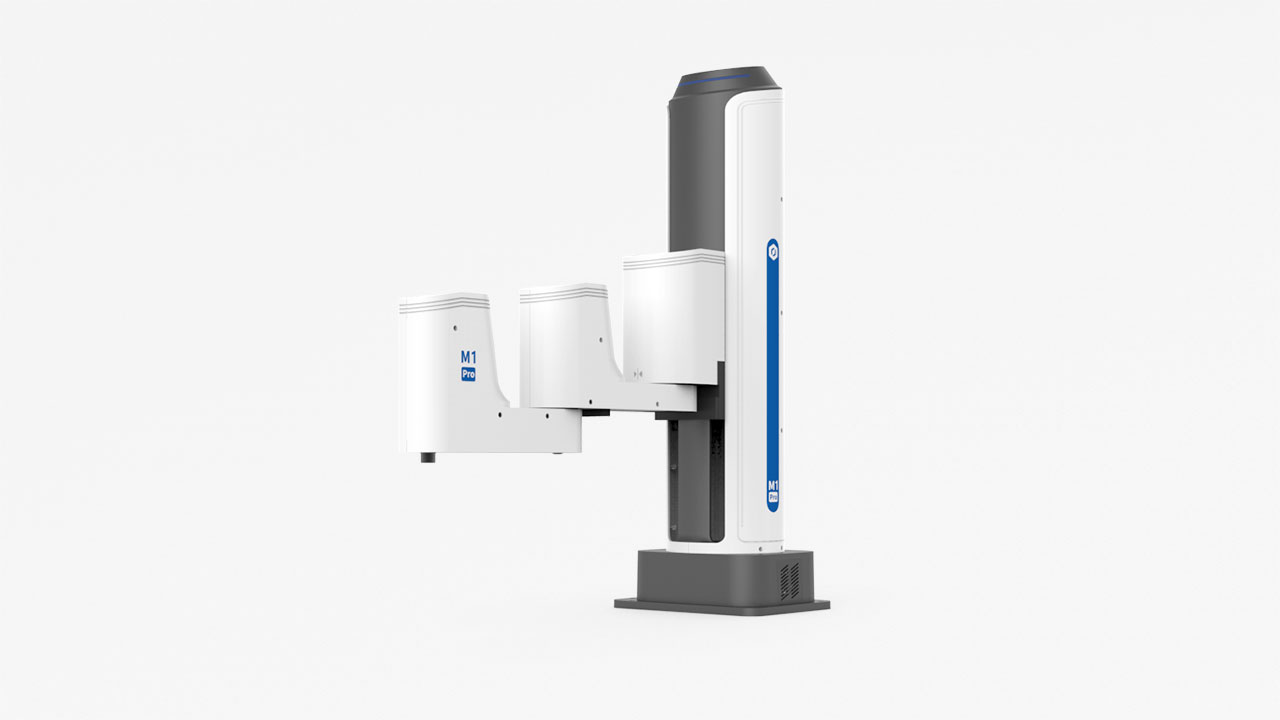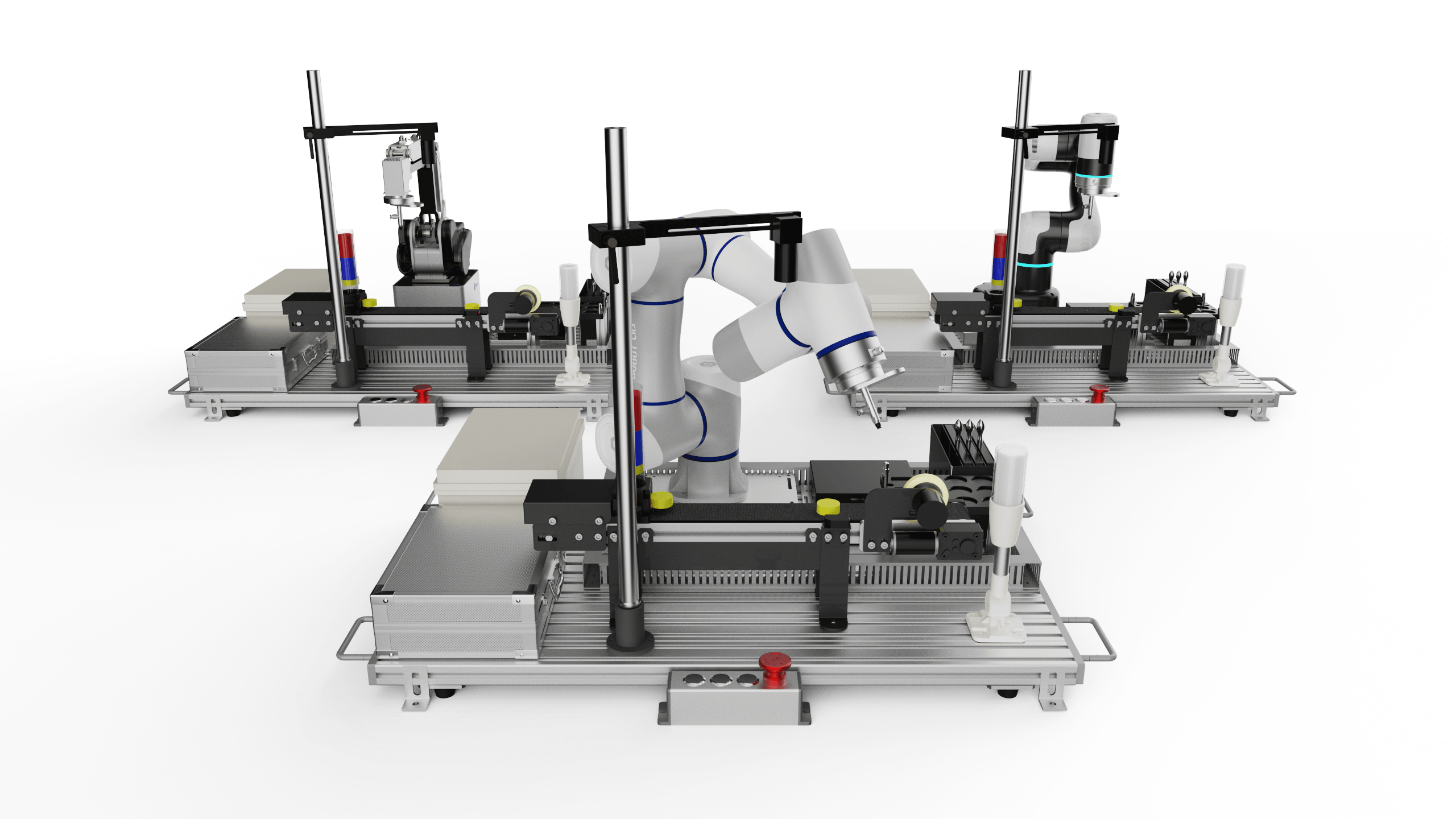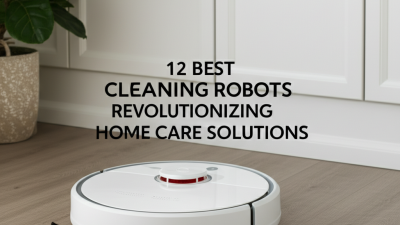12 Best Cleaning Robots Revolutionizing Home Care Solutions
The rise of Cleaning Robots has transformed the landscape of home care solutions, making chores more manageable and efficient than ever before. According to a recent report by the International Federation of Robotics, the global market for cleaning robots is expected to reach over $7 billion by 2025, driven by advancements in technology and increasing consumer demand for automation in daily tasks. These intelligent devices not only save time but also deliver a level of cleaning precision that is often unattainable with traditional methods. As more homeowners embrace smart home technology, the adoption rate of Cleaning Robots continues to soar, highlighting a significant shift in how households prioritize cleanliness and convenience. In this blog, we will explore the 12 best cleaning robots that are revolutionizing home care, showcasing innovative features and unique functionalities that cater to modern living.
The Rise of Intelligent Cleaning Robots: Transforming Home Care Standards
The rapid advancement of technology has ushered in a new era of intelligent cleaning robots that are revolutionizing home care solutions. As homeowners seek more efficient and effective ways to maintain cleanliness, these automated devices are stepping in to take over tedious chores. From vacuuming and mopping to window cleaning, modern robots come equipped with sophisticated sensors and AI capabilities that allow them to navigate independently, adapt to varying environments, and identify different types of dirt and debris.
Moreover, the rise of intelligent cleaning robots is reshaping our expectations of home care standards. No longer confined to basic functionality, today's robots possess features such as app integration, voice control, and customizable cleaning schedules. They not only provide convenience but also enhance the overall living experience by allowing families to focus on what matters most—spending quality time together rather than worrying about household chores. As these technologies continue to evolve, it's clear that intelligent cleaning robots are not just a passing trend; they are fundamentally transforming the way we care for our homes.
Advanced Sensor Technologies in Modern Cleaning Robots: Enhancing Efficiency
The advancement of sensor technologies in modern cleaning robots has transformed the way we approach home care. These sophisticated devices are equipped with various sensors that allow them to navigate and clean spaces with remarkable efficiency. For instance, infrared sensors enable robots to detect obstacles in their path, avoiding collisions and ensuring a thorough cleaning process. Meanwhile, ultrasonic sensors can measure distances, allowing the robot to chart out optimal cleaning routes, thus maximizing coverage without missing any areas.
Moreover, advanced mapping and localization technologies, such as LIDAR and computer vision, have propelled cleaning robots into the future. These systems help the robots create accurate maps of the environment, allowing them to remember room layouts and efficiently plan their cleaning sessions. As a result, users can enjoy a level of convenience and effectiveness that was previously unattainable. The integration of smart technology also enhances the user experience, with features like remote control via smartphone apps, customizable cleaning schedules, and the ability to monitor progress in real-time. This synergy of advanced sensors and smart functionality makes modern cleaning robots an indispensable asset in contemporary home care solutions.
Efficiency of Advanced Sensor Technologies in Modern Cleaning Robots
Battery Life and Power Management: Key Features of Top Cleaning Robots
When selecting the best cleaning robots for home care, battery life and power management are crucial features that can greatly affect their performance. Robots with longer battery life can clean larger areas without interruption, making them ideal for spacious homes. Look for models with lithium-ion batteries, which typically provide longer run times and can recharge faster than their counterparts. Additionally, consider robots with advanced power management systems that optimize energy use based on the cleaning task, ensuring that they can efficiently cover different surfaces without draining the battery too quickly.
Tip: To enhance the efficiency of your cleaning robot, schedule cleaning sessions during times when the house is less occupied. This not only allows the robot to cover more ground without obstacles but also ensures it can operate unhindered until the battery runs low. Regularly checking and maintaining your robot's sensors and brushes will also help prolong its battery life, as a cleaner robot uses energy more efficiently.
Another feature to consider is the self-charging capability. Many top-performing cleaning robots return to their docks when low on battery, automatically recharging before continuing their job. This smart feature ensures that your robot can manage its power effectively, providing consistent cleaning without the need for manual intervention.
Tip: Strategically placing the charging dock in an accessible location can facilitate quicker recharges and enable the robot to efficiently tackle larger cleaning jobs when needed.
Mapping and Navigation: How Robotics are Optimizing Cleaning Paths
As cleaning robots continue to advance, mapping and navigation technologies play a crucial role in optimizing their cleaning paths. These innovations enable robotic systems to create detailed floor plans, allowing them to efficiently navigate through rooms while avoiding obstacles. With precise mapping, cleaning robots can effectively determine the most effective routes, ensuring that no areas are overlooked, which significantly improves cleaning time and effectiveness.
When selecting a cleaning robot, look for features such as advanced laser mapping or visual navigation systems. These technologies ensure the robot comprehensively understands its environment, which can lead to better performance in diverse home layouts. Regularly updating the mapping software can also enhance the robot's efficiency, adapting to changes in furniture arrangement or room configuration.
Another helpful tip is to set designated cleaning schedules during off-peak hours when the home is less crowded. This allows the cleaning robot to operate without interruptions and effectively carry out its tasks. Additionally, keeping floors clear of small obstacles ensures that the robot can navigate smoothly, minimizing delays and maximizing cleaning efficiency. Embracing these technologies can truly revolutionize your home cleaning experience.
Comparative Analysis: Cost vs. Performance of Leading Cleaning Robots
The rise of cleaning robots has transformed home maintenance, presenting homeowners with efficient alternatives to traditional cleaning methods. A significant factor influencing consumer choice is the cost versus performance ratio of these automated devices. According to a recent industry report from the International Federation of Robotics, residential cleaning robots are expected to grow in market share by 35% annually, reflecting increasing confidence in their performance capabilities.
When analyzing leading cleaning robots, performance metrics such as suction power, navigation efficiency, and battery life are crucial. For instance, the iRobot Roomba s9+ boasts 40 times the suction power compared to its predecessors, catering to households with pets or heavy traffic areas. However, its higher price point—approximately $1,099—raises questions about affordability in comparison to budget-friendly models like the Eufy BoostIQ, which can perform commendably for around $250. A comparative study by Consumer Reports highlights that while lower-cost options may save money initially, they often require more frequent maintenance and replacement parts, ultimately diminishing their cost-effectiveness.
In the cleaning robot market, balancing cost and performance is essential for making informed decisions. As technology advances and innovation continues to develop, consumers can expect increasingly capable models that cater to diverse cleaning needs without breaking the bank. As highlighted in a Statista report, the emphasis on smart home integration will likely drive further enhancements in both functionality and accessibility of cleaning robots, ensuring they remain a staple in modern home care solutions.
